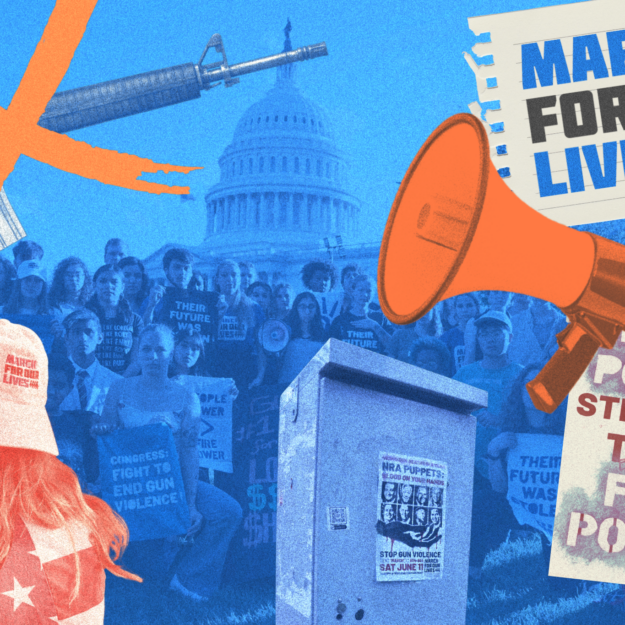Organize With Us
We need you in the movement. Join or start a chapter in person, or join a digital team and get involved in the fight for gun safety.
Share
Hey folks! It’s Nico, the Digital Organizer for March For Our Lives. Among other tasks, I write the monthly newsletter for our members. It’s been a long six years, and the organization has changed a lot. I remember taking deep breaths and getting ready to speak at an event for the first time– how my heart would sound when pro-gun crazies got in my face. I also remember how it felt the first time I had more people attend an event than planned and the joy of seeing a new organizer fall in love with it. This is our work as organizers. Small conversations are as important as the number of voter contacts we make in a given cycle. To build a beloved society, we must first build a beloved community. To have had the chance to organize alongside so many visionary leaders has been humbling, empowering, and a wealth of other fulfilling experiences that are hard to articulate in a single post.
March For Our Lives has filled many needs through the years, morphing to meet the moment. As you’ll hear from Trevor, change is constant, and our task is to be like water in these times of crisis.
I hope you’ll enjoy the interviews with these incredible people dedicated to a better world as we reflect on the last six years with March For Our Lives. If you’re feeling inspired— join the movement! Click here to get started.
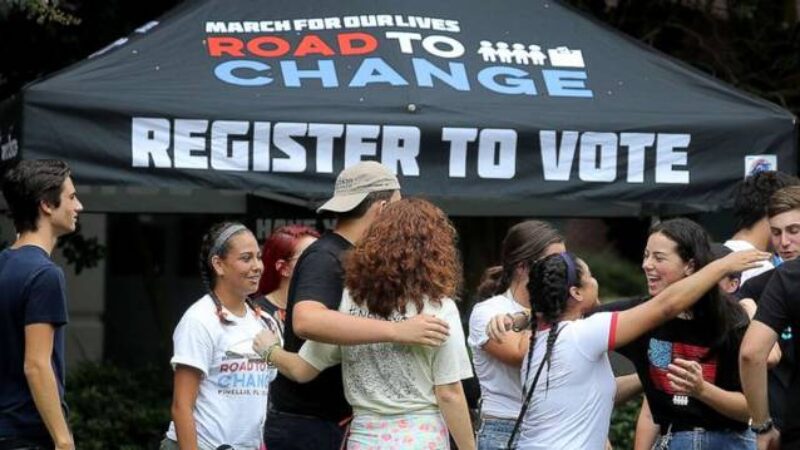
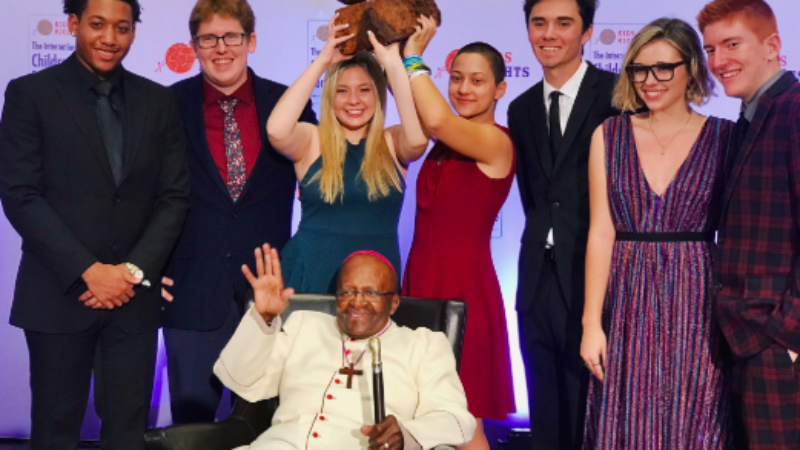
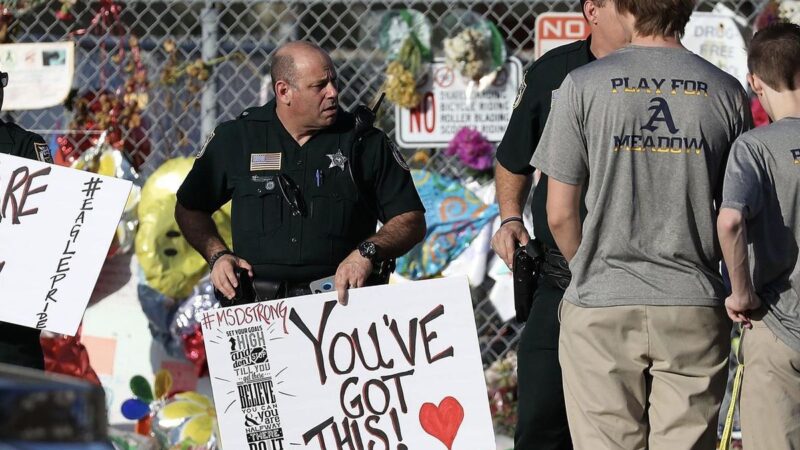

Jordan started at the same time as our founders, just a couple thousand miles away in Phoenix, AZ. In 2019, Jordan was the State Director for the March For Our Lives state chapter. Jordan brought the gun violence prevention movement close to its goals by organizing in Arizona and nationally. We asked him a few questions; here’s what he had to say.
Nico Gleason: Like many March For Our Lives alumni, you started out by volunteering with a local chapter and working your way up. What was that process like for you?
Jordan Harb: Upon reflection, it was most definitely the most exhilarating period in my life. I would be in meetings – as equals – with high-level professionals in between classes during my senior year of high school. It is a crazy world where the kids call the shots, and I would say it honestly went just fine. It really cemented that the youth are just as capable, talented, and adaptable as older folks.
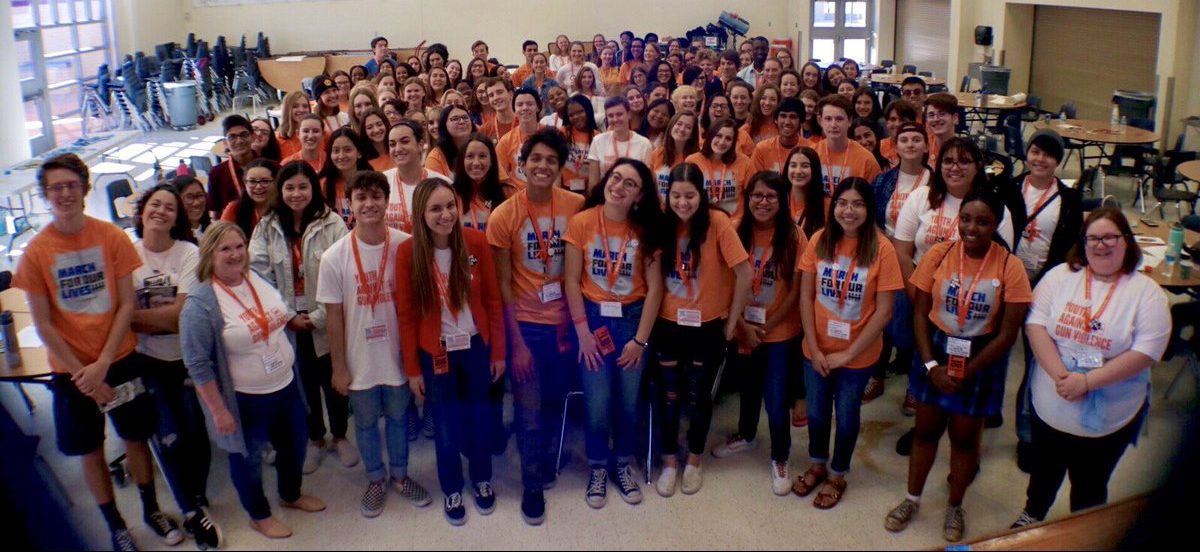
Nico Gleason: This is a bragging rights moment; talk about March For Our Lives Arizona!
Jordan Harb: Ah! My Roman Empire. March For Our Lives Arizona was indescribable. At our peak, we had regional organizers and statewide sub-organizations. We organized statewide high school voter registration drives, registering 5,000 seniors in 30 high schools – we were a machine! We were bold and prideful – we even had our own color of orange instead of blue.
We organized our first event a month before the official march – storming the capital in red-stained t-shirts and having the legislature read a card testimony from each student in attendance. My favorite memory of this time was what happened after. The governor’s education advisor took us into a private meeting and told us that if we stopped the “political theater,” they would give us a meeting with the assistant chief of staff. Immediately after, we held a press conference and gave the governor an ultimatum – meet us personally to talk legislation by April 20th or face consequences.
He didn’t, so 400 students ranging from 10 – 19 descended on the capitol building and illegally held the House, Senate, and Governors office in an act of civil disobedience until two a.m. It was truly an incredible moment of solidarity.
As the movement matured, another unique facet with MFOLAZ was our focus and pivot to stay as true to Arizona as possible. Gun violence prevention was out of the question in a republican controlled government. Our challenge was not how we could pass gun control; it was how we could stop armed teachers and more cops on campus. In the wake of Parkland, Republicans took the opportunity to push an agenda of “school safety,” which is code for more guns and more militarization.
So we decided to take them on directly and beat them at their own game. We pushed that “safe schools are supportive schools” and successfully lobbied to make the school safety fund a general fund – essentially making the $15 million available for anything school safety related, including counselors. Then, through local policy mobilization, we passed resolutions making mental health a key tenet of school safety in half the school districts statewide. The result was that 90% of the $15 million went to social workers, not guns on campus. The fund still exists with counselors and social workers enshrined into state law as an important part of school safety – allowing schools to reallocate these funds away from cops.
Nico Gleason: March For Our Lives began as a movement before having official staff. Describe what it was like being part of the initial formation of March For Our Lives, the National Organization, instead of March For Our Lives, the Social Movement.
Jordan Harb: It was a very difficult endeavor that burnt me out. How do you turn a nationwide collection of youth activists from all walks of life into a cohesive unit under one name? No idea! It was an insurmountable task and one that really highlighted the tenacity of the movement. It took trial and error, a bit of office politics, and patience. This was during the baby stages of modern-day youth organizing – the Sunrise Movement had barely started. The only model for youth organizing at such a large scale was youth ambassador programs, where adults still called the shots. What may seem obvious now was not then – how do we structure the organization? Hub and spoke or traditional snowflake structure? What happens when everyone graduates? Who decides who is in charge?
Some lessons gleaned from this period to new organizers:
Next, we’ll hear from Trevor Wild. Our very own Distributed Organizer has been with the organization since the beginning and has some invaluable insights on organizing in the 21st century.
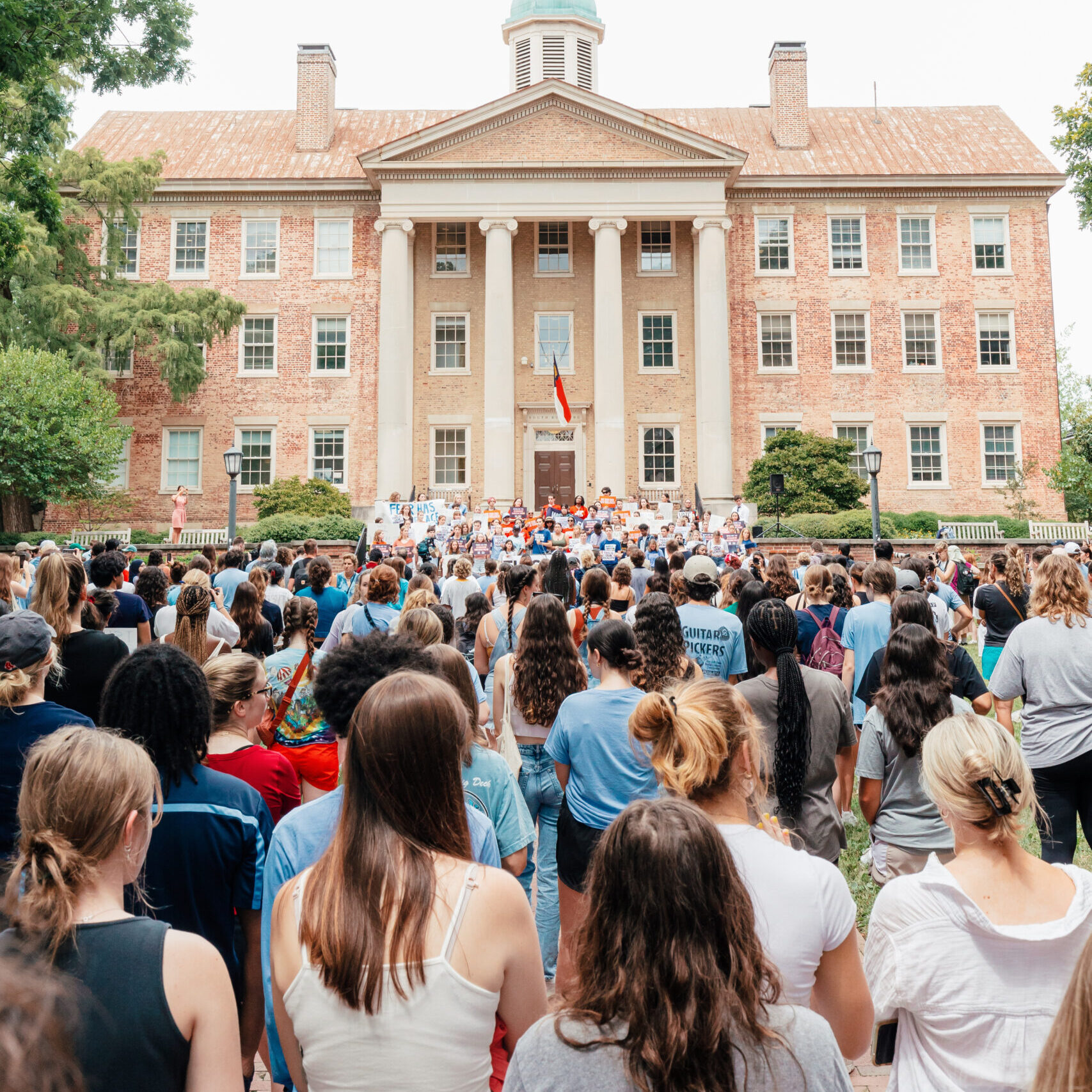
Nico Gleason: What is your March For Our Lives origin story?
Trevor Wild: I think I still have it in one of my desk drawers- a ‘pledge to vote’ card from a Hillary 2016 Rally that was held on my campus. Obama was the main speaker. It was my first ever presidential election that I was eligible to vote in. I was making calls for the Bernie campaign a few months before- another ‘first’ for me that year. Who would have thought that I, an awkward, shy 18-year-old who just moved into one of the largest colleges in the country, would be picking up the phone to make calls for the 75-year-old Vermont senator?
I still think about that rally today- not really because of the speeches or the politics, but because that was my first time in a room of 10,000 people where I felt like I knew everyone who was there. Looking into the crowd of UCF students, I saw the campus activists, the people I phonebanked with, the people who wouldn’t let me walk from the library to the science building without asking if I was registered to vote. I felt part of the choir- the campus community for a brief moment.
That campus community was ready to mobilize in 2018. In the days after the tragedy at Stoneman Douglas, it felt like the whole state woke up and really looked at itself in the mirror for the first time and had no clue what we were looking at. The mass shooting at the Pulse nightclub was just a few years ago- how was this still happening? I met so many people- many of whom are my closest friends even to this date. We were laser-focused on organizing what became Orlando’s single largest demonstration against gun violence to this date.
In the months following the big march- I relied on that community of campus activists. I learned everything- from the basics of 1:1 conversations, movement strategy, and how to register someone else to vote. We had parties, registered thousands of voters, and spent many sleepless nights studying and organizing in the library- did I mention that we registered thousands of voters? We built a framework that contributed to local victories and increased youth voter turnout by 112% on our campus in the following election.
Nico Gleason: I heard you say on a call once that March For Our Lives is a great place for experiments. I don’t disagree and would love to hear your perspective on why you think so and how March For Our Lives has enabled political experimentation for you.
Trevor Wild: Ahh, Nico, I love this question! I’m reading Emergent Strategy by Adrienne Maree Brown, and they put it perfectly:
Change is constant. Be like water.
When I read that line and apply it to our work, my mind races back to a project plan or notes from a strategic planning session that everyone had already forgotten about. So often, we create a plan or even a vision in our heads and think about what it looks like a few months later.
I’ve tried to consider embracing the chaos and being like water in my work. We know for a fact that our political realities shift every day. New wins become possible, and every new member who joins brings their lineage of stories, ideas, and learnings with them. Instead of fighting it, we can grow our movement alongside it.
We do this by experimenting. Experimentation is much different than just making things up on the fly- it’s calculated. There’s a purpose to it. A hypothesis. And learnings that come out of it. In 2020, we experimented with giving volunteers the keys to things like our voter contact and SMS program. With expert coaching, our volunteers were leading textbank training and shifts, supporting creative peer-to-peer scripts, and even recommending shifts in strategy- such as a Spanish voter contact team!
When we sought to turn out voters through a peer-to-peer voter contact machine in 2020, we didn’t know how powerful our volunteer leaders would be! In the years following our first 2020 distributed push, we’ve continued to be like water and see where the energy is. After 2020, we knew that our movement was much bigger than the folks leading our existing chapters on the ground- how were we inviting new chapter leaders to grow in their leadership capacity with us? How were we creating spaces outside of chapters so any member can find a team and not only fight gun violence with others- but also a culture of isolation that permeates across our generation?
Change is constant. be like water.
Adrienne Maree Brown
In the past year, we’ve created a space in our Distributed programs to experiment with those questions. Today, our member-run Welcome team has onboarded hundreds of MFOL members to chapters, hubs, and teams. Our brand-new Zine-making team is also getting off the ground! If you’re interested in chatting about them, email me trevor(at)marchforourlives.com\
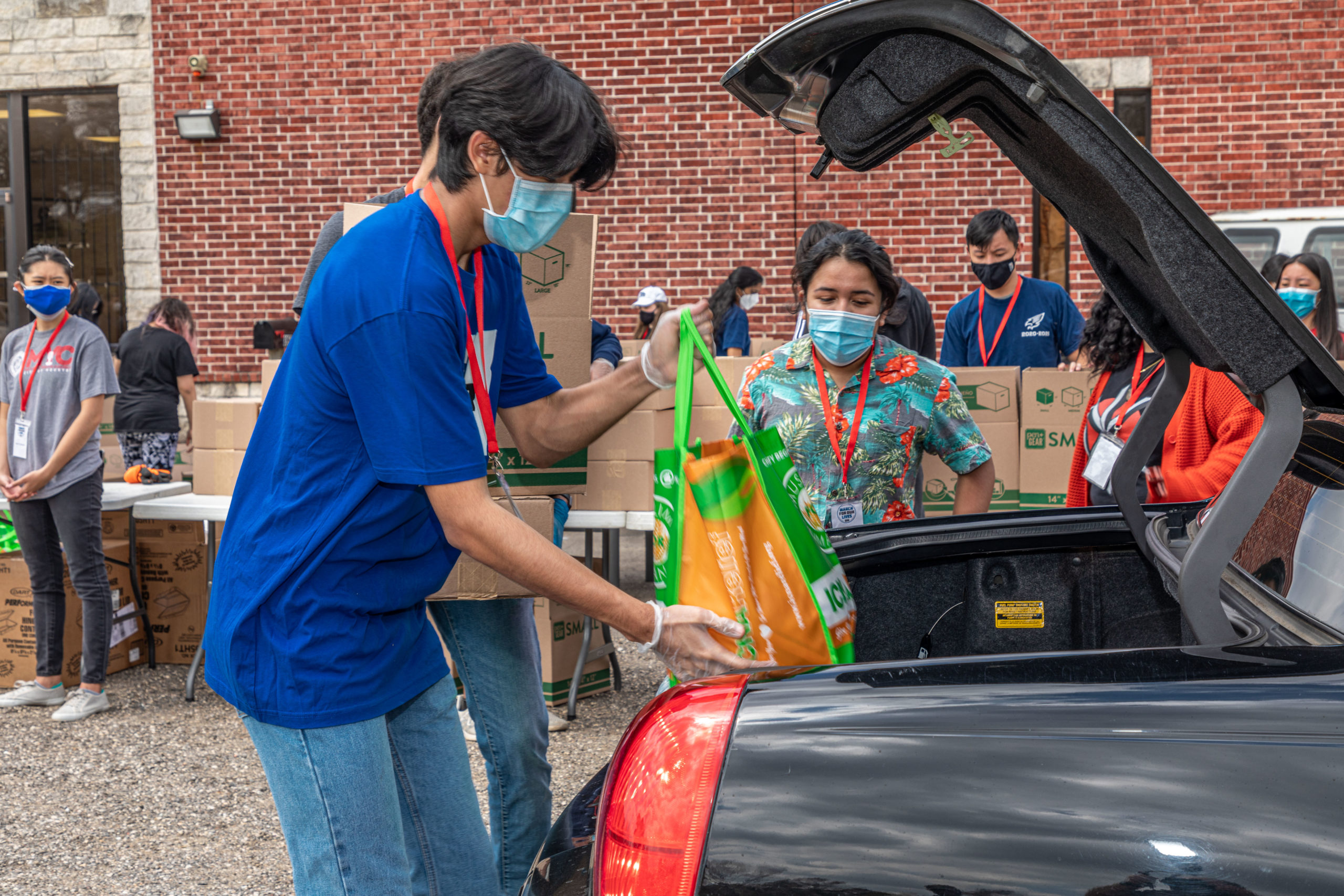
Nico Gleason: What is your March For Our Lives origin story?
Ariel Hobbs: I got involved with MFOL shortly after the shooting at Marjory Stoneman Douglas High School when I joined a Facebook group to help plan the March in Houston. I was a part of the team responsible for contacting the local media outlets to help promote the march. After the march, a few other youth organizers (including former youth board member Kelly Choi) and I got connected to Jackie Corin and a few other cofounders following the shooting at Santa Fe High School, and we were asked to help plan the Road to Change event in Houston. After the event, I was invited to join the cofounders and other youth organizers on the RTC, and the rest is history. I stayed involved with MFOL because I genuinely believed in the organization’s mission to end gun violence, and it gave me a place to feel like I could make a difference in the GVP movement.
Nico Gleason: You work for the College Board now, identifying young folks for college whom the traditional process wouldn’t typically identify. How did your work at March For Our Lives prepare you for the process? In which ways were you unprepared?
Ariel Hobbs: MFOL allowed me to work with other young people and find ways to help coach and empower them, which has benefited me in my new position. Understanding how to connect with and mobilize young people around a specific cause or thing has been helpful for me. I wouldn’t say MFOL left me unprepared because there are roles and responsibilities in my current role that I didn’t need to do in my role(s) at MFOL.
Nico Gleason: Describe the Aid and Alliance program in detail for those who don’t know. How does mutual aid fit into the fight against gun violence?
Ariel Hobbs: Aid and Alliance was a community granting and mutual aid education program I was tasked with building in 2021. The program was split into the chapter track and the city track.
A+A was not fully realized because of a lack of time and staff investment. It took only 2-3 months to conceptualize, build, and implement both tracks of the program, and very little staff outside of myself was dedicated to working on the program. I don’t consider the program a failure because I believe that we were able to accomplish two of the program’s main goals, which were to educate our chapter network on mutual aid and how it fits in the GVP movement and also provide aid to grassroots organizations on the ground to help them continue their work. If I could relaunch a program like A+A, I would give myself no less than six months to plan the program and think out each program phase in steps. I would also downsize the number of grassroots organizations we worked with to be able to provide more intentional help and attention to these organizations.
Nico Gleason: You’ve worked as a staff member, a board member and a volunteer at March For Our Lives. Outside of the normal power switch, getting paid, etc., how did your experience and relationship with the organization change?
Ariel Hobbs: I don’t think my relationship with the organization changed much. From the very beginning, I was deeply entrenched in MFOL, and it stayed that way until I left. I will say I gained new perspectives as I changed positions within the organization, which helped me have a well-rounded idea of the organization. As a volunteer, I could see what I wanted to ‘do’: take my passion for ending gun violence and do something about it. As a board member, I could see the organization and the movement from the perspective of what went into making the organization go and the things that impacted the decisions the organization made. As a staffer, I could shape what the organization did in a way that was more closely tied to the aspect of the mission that spoke to empowering young people because I felt like I was actively making a change in the organization with every step I took and statement I made.
As for aspects that I misunderstood, I don’t think there was anything in particular that I misunderstood, and I would say that I had a different perspective on how things should/could be done as a board member and volunteer.
Nico Gleason: March For Our Lives has shown itself to be a powerhouse for young leaders around the country; talk about a story (or person) who embodies the leadership environment at March For Our Lives.
Ariel Hobbs: A story that I think embodies the leadership environment at MFOL is the organization’s response led by Ezri to The Covenant School shooting that happened almost a year ago, last March. In a matter of moments, with the help of Brynn and other on-the-ground organizations in Nashville, Ezri single-handedly took over the Tennessee State Capitol for weeks. Never letting up, consistently making their voices heard, and holding the elected officials in their state accountable. A freshman at Vanderbilt, new to Tennesseee, Ezri developed and implemented the organization’s response to the shooting and all of the following actions by herself. That’s some powerful sh*t. That is the organization, knowing they had no choice but to sit back, shut up, and follow her lead…and it worked. MFOL wouldn’t have had a presence in Tennessee without Ezri’s work, as she collaborated and stood in solidarity with the other grassroots organizations.
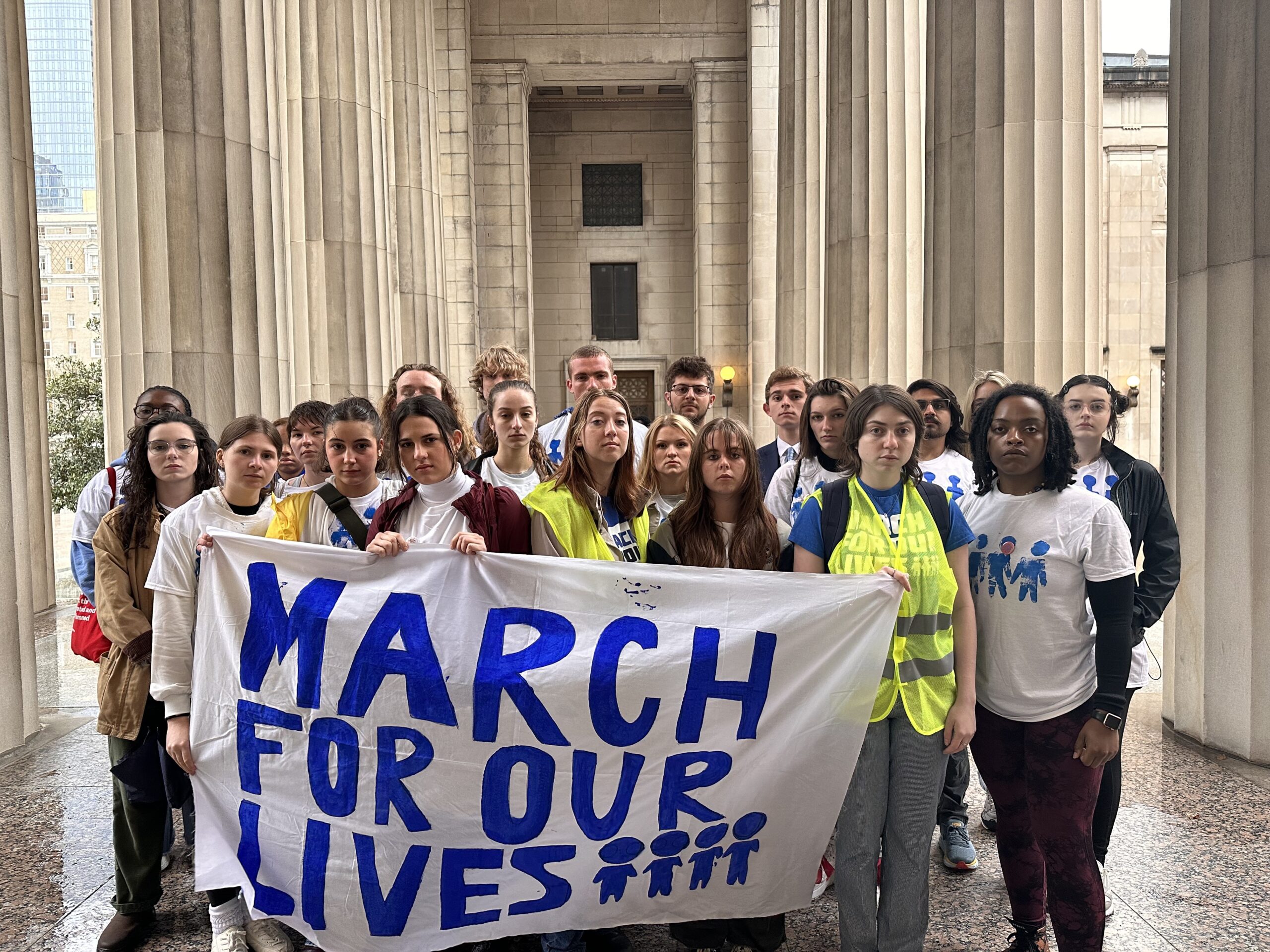
Nico Gleason: Lastly, in that vein, 2024 will be a hot mess no matter how you spin it. What’s your advice to all young people, specifically young March For Our Lives organizers, about handling what is to come and fighting back hard-right insurrectionists?
Ariel Hobbs: Don’t let anyone scare you into voting or doing something you don’t feel is right for you to do in your heart/gut. So many of our freedoms and rights are at risk, but it is important that we hold politicians’ feet to the fire and not be swayed by lip service. It is our duty and right to demand that our politicians do better and put our interests over those of the special interest groups lining their pockets. We have to power to shake shit up, just like we did in 2018 and 2020. This is a fight for our future, and we can start shaping it now.
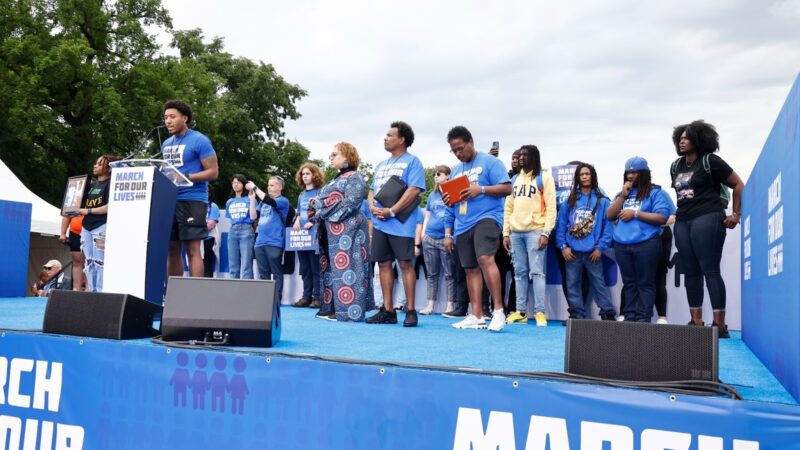
Unlike many of those interviewed, Ashton Sands didn’t begin organizing at March For Our Lives in 2018, but her dedication to saving lives remains the same. Here’s what Ashton had to say.
Nico Gleason: What is your March For Our Lives origin story?
Ashton Sands: I’m Ashton. I recently turned 23, and I got involved with MFOL 1 year ago! Although, I have been following the movement closely since it began in 2018. I began in the movement as an Advocacy Organizer for the state of Colorado, and it was an incredible introduction to the profound work that March does. I began by tracking legislation in the state sessions and, from there, quickly transitioned into the Welcome Team. Being part of this team and the organization has provided me with an incredible sense of community, keeping me involved. The people keep me around; I have never met a more amazing group of people in my life. Everyone here is not only kind but incredibly smart, driven, and passionate about our work, changing the world every day.
Nico Gleason: How do you think March For Our Lives is adapting to meet the needs of organizers and the political moment?
Ashton Sands: I think MFOL is exceptional at rapid response and continually adapting to the ever-changing needs of the organization and the political climate. As far as meeting the needs of organizers, MFOL spends a sizable amount of time and energy focusing on mentoring and integrating new and existing members into the community. I have had two incredible mentors so far in the year I have been in the movement; both focused hard on my personal growth and ensuring I could ask questions, get answers, and form my own leadership style. This movement builds leaders! I never understood what that meant until these incredible people invested in me and my abilities. That is why, I believe, they adapt to the changing political climate so well, because there are so many incredible leaders within this organization who are encouraged to think for themselves and apply their individual styles to their specific states or local communities.
Nico Gleason: You’ve recently been involved in revitalizing the Discord and getting folks more deeply involved in the work and community of March For Our Lives. How has that experience been for you?
Ashton Sands: The Discord revival has been an amazing and fun experience thus far! I was never really a Discord person before we started using it for the main communication in the organization. Since it has been streamlined, I have had the opportunity to get to know many people with different ideas! It is a fast and easy way to communicate with people all over the country for many different reasons and over many different topics!
Nico Gleason: What would you say to someone who cares about policy and making the world a better place but just feels like it isn’t possible to make change/is overwhelmed by the enormity of problems facing us?
Ashton Sands: What an amazing question. In all honesty, I ask myself this question nearly every day. Sometimes, it can feel very hopeless… but I have found that the people in this movement are so dedicated to making change. However that may look, they inspire in the days when I feel all hope is gone. I suppose my advice would be to put in the work. No one person will make things different, but the more people we get and the more people who are working hard every day to change the policies in place, the more it’s worth so much. The issues we face are great, but the will and the passion I see in my fellow advocates are far greater. I would say never give up. We have to fight, and some days, it will be hard. But that is when we lean on our fellow advocates to boost us when morale is low.
We need you in the movement. Join or start a chapter in person, or join a digital team and get involved in the fight for gun safety.
